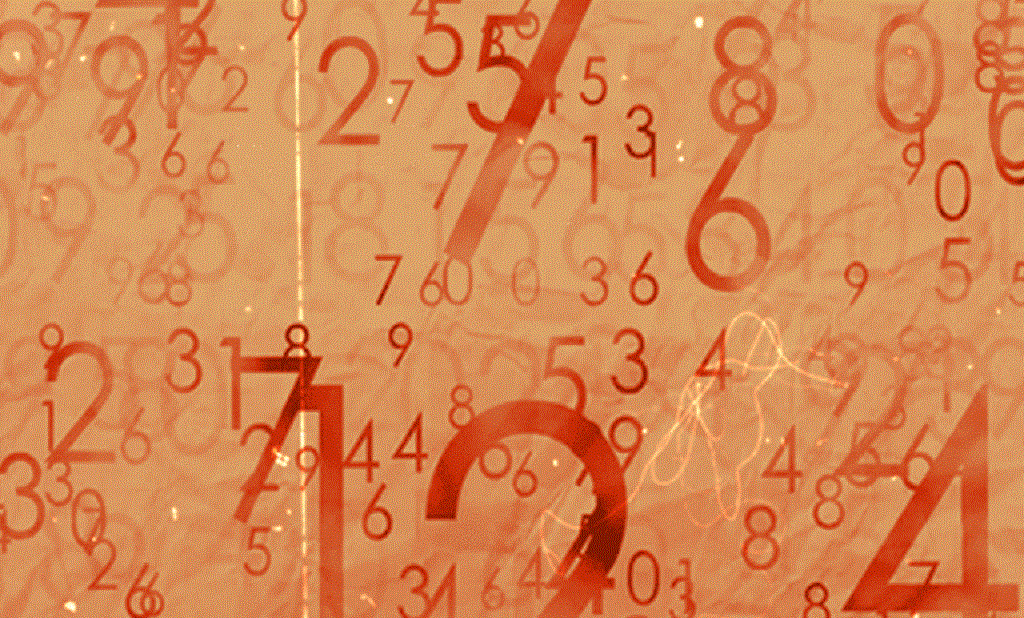Imagine going to class and, instead of looking at the ceiling and the companions while you are making doodles on a piece of paper, write a few but good things on a magic notebook that makes your notes a super study tool.
Then, imagine you can come home from class and have not only understood almost everything, but also have internalized the logic of what was told to you, and stored most of the concepts.
Imagine, finally, to save yourself entire afternoons of study because you can use your clipboard as a tool to review weeks of lessons in a few hours.
Impossible? Yet in this article you will find out that with the Cornell method to take notes you can do all these things. And you will wonder why no one has ever taught you before!
But first let’s take a step back ….
How do students take notes?
Most students take notes when they try to record information that is given to them on a piece of paper.
They passively listen to the professor and passively transfer what they hear into the notebook. In doing so their brain is not I say off, but at least with reduced traction.
Realizing how unnecessary it is to take notes in this way, and always fearing that something is missing, many students then rely on a technique that you surely know: do that is to record the lesson completely and then transcribe it, either alone or dividing it into groups, at home.
Sbobini? Leave it!
Disorders are the most obtuse, boring and useless tool that has ever appeared in the student’s armory. It’s not that they do not really help, simply the results are not proportional to the effort.
If you do it yourself it means that you more or less double the time you spend in class. But if you have already learned a little in class and you are bored, why redouble this little and this boredom?
Have you already spent 5 hours in class that may have made you an hour of study, so why lose 5 more?
However, if you work with study groups or voice transcription software, you will still have to spend a lot of time reading them.
And rereading a professor’s unfolding is even more boring than listening to it.
But since the unwinding is only a replica of the lessons, and on the basis of them you will have to elaborate, make patterns, understand, process, memorize … it would not be worth doing most of these things directly in class taking notes well?

What does it mean to take notes well?
If when you take notes you limit yourself to transcribing what the professor says, or worse, you are in class to sleep so much then there are the unwinding, waste your time.
Taking notes well, however, saves you money if you learn to:
- Capture the information that is given to you verbally
- conceptualize
- Squeeze them so that they are shorter
- Prepare them for an effective review
The first two actions are completed by selecting and understanding what the professor says through active listening.
The second two actions are completed thanks to the Cornell method.
You may also like to read: Study Method: The 2 minute rule to stop postponing
Active listening
When you listen to the lesson (or whatever) the sound reception areas in your cerebral cortex receive the sounds that represent the information.
But this in itself does not make you understand or remember.
In fact, you spend most of this listening time in passive mode, leaving this flow of information to a state of superficial analysis, which is the one in which we limit ourselves to transform the sounds into words of complete meaning.
If then while you listen try to transcribe everything, you do not do anything else but passively add another level of coding, the graphic one, adding inefficiency to inefficiency. Indeed …
- You have no intellectual involvement with what you hear
- Since it is difficult to write everything, your level of attention and understanding is lowered further. You are too busy not to miss a word!
You have the illusion of listening; but in reality you are working a little better than a speech recognition software, with the difference that while the latter can, if you wish, record everything precisely and forever, you forget very quickly.
To understand and remember what you listen to (and see, because graphics are often used in class), information must instead be transmitted to the processing areas of the cerebral cortex.
They do activities such as selecting information, organizing them, decomposing them, re-phasing them, compacting them, finding analogies, asking questions.
If in doing so you also participate in your “emotional” part, that is located in the limbic system, also contribute significantly to the memory of what you hear.
Taking notes well means doing it in such a way that the brain has to do the actions above: select, re-phase, decompose, compact, organize, find analogies … and maybe add a touch of emotion to consolidate the memory immediately.
Take notes with active listening
Think of an engaging conversation. For example, you came out with a girl / girl you like, and you want to know if the feeling is mutual. He / she makes you a series of speeches, and you’re trying to figure out where he wants to go.
What does your brain do automatically when you listen to it?
And so on, while he tells you things from his childhood, or talk about common friends, movies, books, places, preferences …
At the end of the evening, not only will you remember more or less everything, but you will have also analyzed, categorized, weighted most of the verbal and non-verbal information that you gave.
No matter how fast you speak the type / type in question, your brain has ground everything without problems, because it has actively listened.
Is it possible to have an active listening of this kind when you are in class?
Frankly, almost never! Just maybe for subjects that you particularly passionate about and are explained by charismatic professors.
But you can go there if you use a set of rules for taking notes:
- Re-write with your own words, it helps you to conceptualize
- Write lists with bullet points, it helps you to give order and hierarchy to info
- Summarize how you were on twitter, it helps you capture the essence
- Shorten the words as if you were writing a text message, because it forces you to think about the word you write
- Put arrows to highlight the logical relationships
- Make explanatory drawings, stimulate the “visual” and creative part of your cortex
- Every now and then you comment on what you write with “emotional” notes (“That disgusting!” “Interesting!” “Nice!”)
- Change the font using italics, capital letters, uppercase, lowercase, underline etc.
If possible then, take the whole operation of taking notes as a game or a challenge.
In fact, if you first took them in a uniform way and it was all in all an amorphous activity, now you have a whole set of rules to follow.
And what is a game in the end if not something to do with a set of rules to follow?
And to win this game you have a tool conceived by very bright minds in one of the best universities in the world …
The last step of the super student: Take notes with the Cornell method
The Cornell method for taking notes was developed in the 1950s by Walter Pauk, a professor at Cornell University in New York, one of the world’s most prestigious university campuses.
Numerous scientific studies conducted on groups of students in the following decades have systematically demonstrated the greater effectiveness of the Cornell method compared to the traditional method.
And the nice thing is that not only is it really easy to use, but also very intuitive. The traditional sheet of paper is divided into:
- Right-hand section, which is where the actual notes are taken
- Left section, where the key words relating to the content of the right section are recorded.
- Lower band, where the contents of the page are summarized in a row and detailed questions are noted
- Upper band, where “personal data” are recorded, such as day, date, professor, subject, etc.
But why is the Cornell method so effective for taking notes?
The effectiveness of the Cornell method is based on two main facts …
- During the lesson, it forces you to listen actively, and makes it even more performing because you have to transfer the listening on paper, thus closing the brain loop listening-reworking-action. The info you need to acquire in this way completes a complete cycle and becomes much more stable.
- After the lesson, it allows the review to three different levels of detail: that of the summaries, that of the key words, that of the total of the notes, with each level that can be reviewed separately or together with the others.
Not only do you then learn more while taking notes, but you also have a more structured and faster study / review tool.
For this reason, in my method of study, when I teach to take well notes, I basically use the principles of the Cornell method, with a couple of slight changes that facilitate you in the use of memory techniques.
Do not you know my method of study? You can start by reading my article on the university study method , and browse the rest of the blog.
Below you can find the download format of a simple 7 minute tune that will make you study much better.
And if you liked the article or think it could be useful to some of your friend who studies, share it on Facebook!




